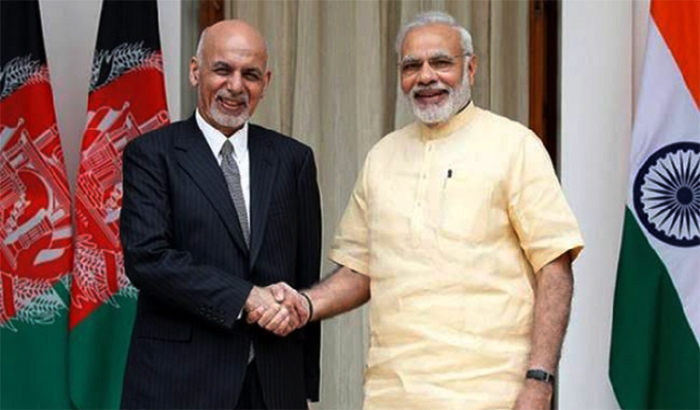New Delhi, Jan 21: Prime Minister Narendra Modi said on Sunday that the government and political parties must stay out of the unprecedented judicial crisis, gave enough indications that the upcoming Budget may not be populist, and asserted that his poll slogan of “Congress-free India” was not aimed at eliminating the party politically.
In a wide-ranging 75-minute interview to the Times Now television channel, Mr. Modi said he was open to more changes in the GST to plug loopholes and make it a more efficient tax.
Asked about the crisis in the Supreme Court after the four senior-most judges came out to criticise allocation of sensitive cases by the Chief Justice, Mr. Modi said, “I think I should stay away from this debate. The government must also stay away. The political parties must also keep out of it.”
In his first public remarks on the crisis, he expressed confidence that the judiciary would sit together to find a solution to its problems. Mr. Modi said his slogan of ‘Congress-free India’ was about ridding the country of the “Congress culture”, which he termed casteist, dynastic, corrupt and involving total control over power, among other ills. Maintaining that the Congress had been the “main pillar” of politics in the country that spread its culture to all political parties, he said his call for “Congress mukt” or “Congress-free India” was “symbolic” and he wanted even the Congress to be free of the “Congress culture.”
He also attacked the party for its objection to the triple talaq Bill in the Rajya Sabha. Asked if his government will turn populist in the Budget, Mr. Modi said the issue falls within the ambit of the Finance Minister and he did not want to interfere in it. The common man, he said, expects honest governance. “He doesn’t demand sops and freebies. It is our myth.” Mr. Modi defended his economic policies, saying demonetisation was “a very big success story.”
He said the suggestion that the country’s foreign policy was based on Pakistan was wrong but stressed that the world was uniting against those sympathetic towards terrorists.







Comments
Dar Pok saaala... Coward. Pol khul jayegi saale ki.
afraid of knowing the truth he does not want to debate anything
Add new comment